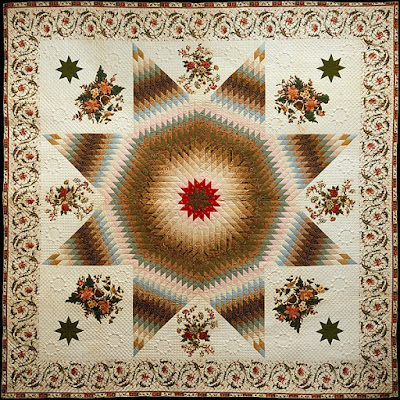

Her research has been supported by several national grants, and she has published essays in The History of Photography, The History of Childhood and Youth, and The Museum History Journal. She was previously a lecturer on history and literature at Harvard University. Sarah Anne Carter is the curator of the Chipstone Foundation and the Chipstone Fellow in Material Culture at the University of Wisconsin-Madison. She is the author of many books and articles on early American history including A Midwife's Tale, which won the Pulitzer Prize for history in 1991, and The Age of Homespun: Objects and Stories in the Creation of an American Myth. Laurel Thatcher Ulrich taught for fifteen years at University of New Hampshire before moving to Harvard in 1995. Understand the tangible things that surround them.


The twenty case studies take us from the Galapagos Islands to India and from a third-century Egyptian papyrus fragment to a board game based on the twentieth-century comic strip "Dagwood and Blondie." A companion website catalogs the more than two hundred objects in the original exhibition and suggests ways in which the principles outlined in the book might change the way people Although it builds on a larger discussion among specialists, it makes its arguments through case studies, hoping to simultaneously entertain and inspire. It interrogates the nineteenth-century categories that still divide art museums from science museums and historical collections from anthropological displays and that assume history is made only from written documents. Tangible Things is both an introduction to the range and scope of Harvard's remarkable collections and an invitation to reassess collections of all sorts, including those that reside in the bottom drawers or attics of people's houses. It showed that object-centered inquiry inevitably leads to a questioning of categories within and beyond history. The exhibition challenged the rigid distinctions between history, anthropology, science, and the arts. The authors of this book pulled an astonishing array of materials out of storage-from a pencil manufactured by Henry David Thoreau to a bracelet made from iridescent beetles-in a wide range of Harvard University collections to mount an innovative exhibition alongside a new general education course.

It argues that almost any material thing, when examined closely, can be a link between present and past. Tangible Things invites readers to look closely at the things around them, ordinary things like the food on their plate and extraordinary things like the transit of planets across the sky. In a world obsessed with the virtual, tangible things are once again making history.


 0 kommentar(er)
0 kommentar(er)
